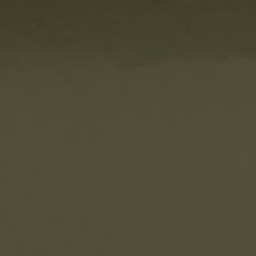
Dice for playing games must have certain static and dynamic properties. Because the result of a roll always should have only one solution and the probability of a resulting number should be as random as possible but also distributed regularly over a number of dice rolls, there are only few possible shapes for dice.
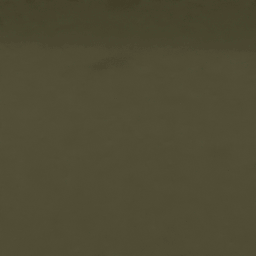
To optimise the rolling behavior of dice, the shape often is a combination of a cube and a sphere. While the sphere garantees a long rolling phase and therefore an optimal randomness of the result, the cube shape lets the rolling of dice end in a unambiguos position with a clear result.
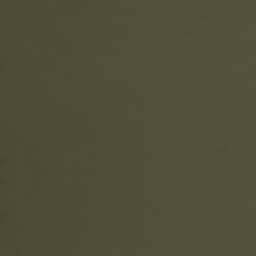
Dice exist for different ranges of numbers. A thrown coin is a binary die with only two states «Head» or «Number». One could think of a die with three sides as a thick coin which could stay put on its rim, but there would never be the same probability for all three sides to show up. Most dice are based on platonic bodies which have a number of equal faces. The icosahedron with 20 triangles, the dodecahedron with 12 pentagons, the octahedron with 8 triangles, the hexahedron aka cube with 6 squares and finally the thetahedron with 4 triangles.
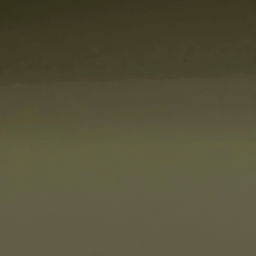
Dice based on the thetrahedron show a somewhat reluctant rolling behavior. It stabilises soon on one of its faces. While other dice show their result on the upper side of their bodies, the thetrahedron hides the result on its bottom side. Therefore the resulting number has to be written on all the other sides of the die. The thetrahedron stands for the extreme stable static principle of tripods. (three feet)

In a talk with Hans Knuchel, he told me about a game he played with a twig of a wine plant. When he dropped the twig several times it always stabilized on exactly three points but in different positions. His idea was the following: How would a sculpture look like which could be positioned in different ways always sitting on exactly three points. But because of its shape and position could be interpreted by a spectator in different ways and lead to associations of animals, or human bodies etc. In first experiments we saw that such a sculpture could be based on a combination of thetrahedrons. Later we found out that there exsist no creatures on earth with only three legs, with the exeption of the tripod-fish. A fish which lives on the bottom of the sea as three species (Ipnopidae, Bathypterois grallator, Triacanthidae) which stabilise themselves on three finns on the ground.
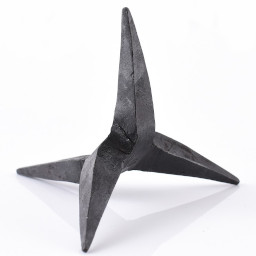
The tripod seems to be a technical principle which humans use for a long time because of its static properties. For instace with the use of the defensive weapon caltrop, which thrown on a road always points up and is a reliable means to hurt humans, animals and car tires.

The tripod for cameras and surveying instruments has its function in the name. In German its called «Stativ» a static device. An Instrument with three feet.
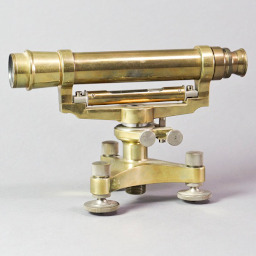
Surveying instruments like the theodolite also have three adjustable points to calibrate their exact position and angle. And in addition are mounted on a tripod.
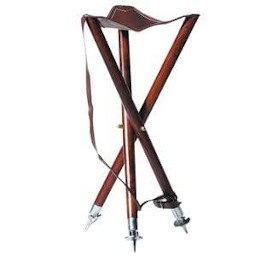
Furniture with three legs like tables, stools and chairs are nowadays quite common design objects.
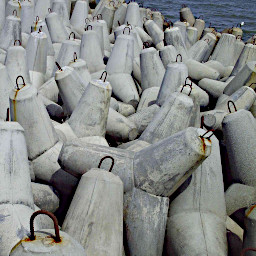
The unwieldyness of concrete tripods is utilised as a wavebreaker on several coasts all around the world. In Worldwar II they were also used as anti-tank obstacles.
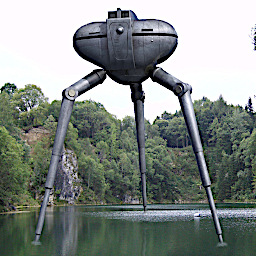
The fact that tripods are more a technical than an organic principle also shows up in science fiction
movies like the tv series
«the tripods» (1984-85) or in the movie «War of the Worlds» (2005) by Steven Spielberg after a story
from H. G. Wells,
where the alien offenders were three legged robots.
Allthough our movie shows only one possible sculpture the title «Tripods» has a plural form.
This is because the different positions of the sculpture make different three legged beeings and also
because «Tripods»
is rather meant as a notion for a species than a single beeing.